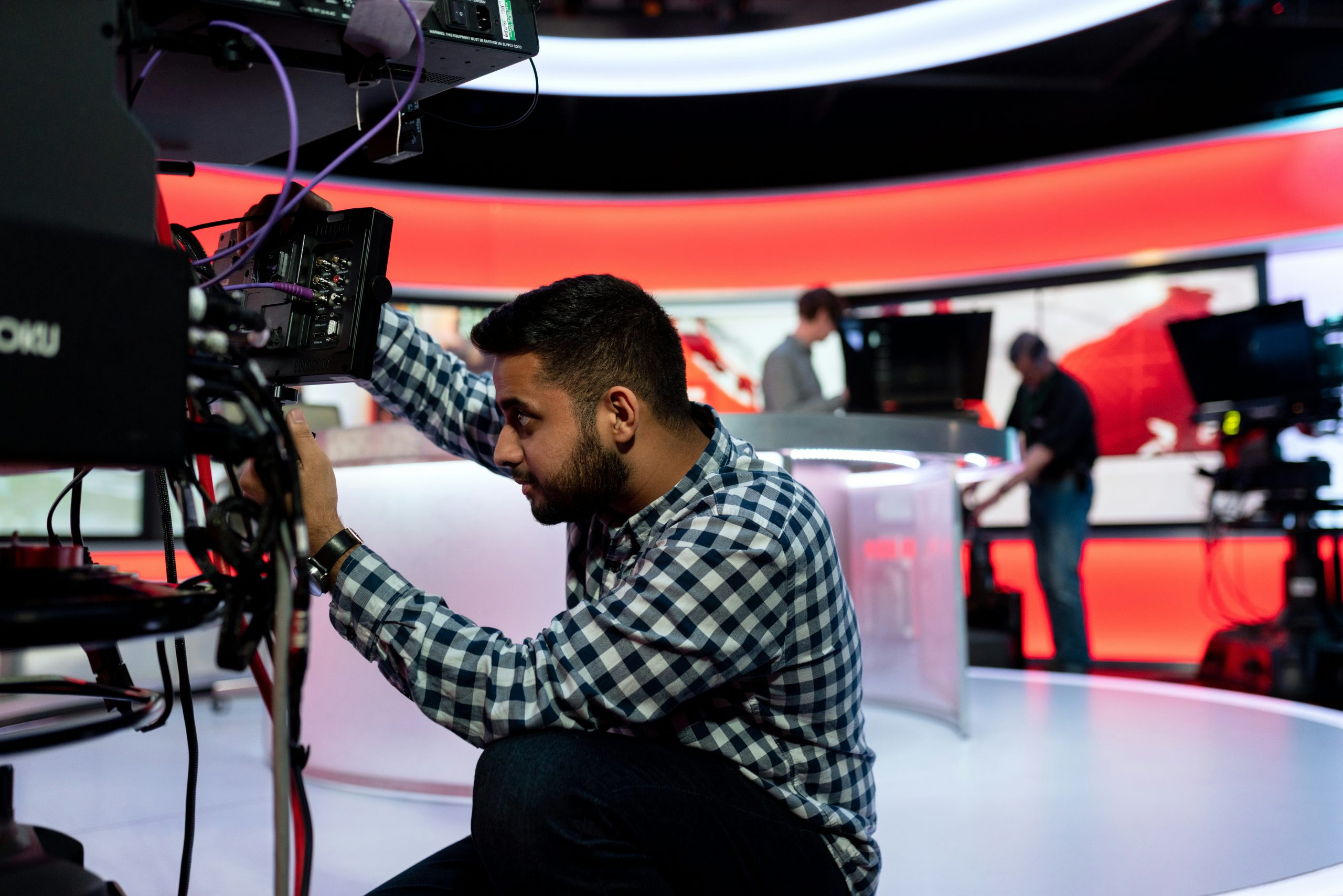Virtual Reality: Exploring Immersive Experiences Beyond Entertainment
Virtual reality (VR) has long been associated with entertainment, transporting us to fantastical worlds and immersing us in thrilling experiences. However, the technology has evolved beyond gaming and film, and is now being used to explore immersive experiences in other industries. From healthcare to education, virtual reality is transforming the way we learn, communicate, and interact with the world around us. In this article, we will delve into the world of virtual reality and discover how it is being used to create immersive experiences beyond entertainment.
First, let’s define virtual reality. It is a computer-generated simulation of a three-dimensional environment that can be interacted with in a seemingly real or physical way. This is achieved through the use of specialized headsets and controllers that create a sense of presence, making the user feel like they are actually inside the virtual world. With the advancements in technology, virtual reality has become more accessible and affordable, making it a viable tool for a variety of industries.
Healthcare
In the healthcare industry, virtual reality is being used to improve medical training and procedures. Medical students can now gain hands-on experience without the risk of harming real patients. Surgeons can also use VR simulations to practice complex surgeries, allowing them to perfect their techniques before operating on a real patient. Additionally, virtual reality is being used for pain management and to treat phobias, by exposing patients to virtual environments that trigger their fears or provide a distraction from pain.
Education
Virtual reality has made a significant impact in the education sector. Students are no longer limited to reading textbooks or watching videos, they can now immerse themselves in virtual experiences that bring their lessons to life. From exploring ancient civilizations to dissecting a human body, virtual reality is revolutionizing the way students learn. It also allows for more interactive and engaging learning, as students can actively participate in the virtual environment.
Training and Simulation
In industries such as aviation and military, virtual reality is being used for training and simulation purposes. Pilots can practice flying in different conditions, while soldiers can be trained for a variety of combat scenarios, all without the risk of real-world consequences. This not only saves time and resources, but also ensures that individuals are fully prepared for any situation they may encounter in their line of work.
Social and Cultural Impact
The use of virtual reality is not limited to just professional settings, it also has the potential to impact our social and cultural lives. Virtual reality concerts, art exhibit tours, and even virtual shopping experiences are just a few examples of how the technology is changing the way we interact with each other and the world. It also has the ability to bridge distances, allowing people to connect and experience events in real-time, no matter where they are located.
The Future of Virtual Reality
The possibilities of virtual reality are endless and it is constantly evolving. As technology continues to advance, we can expect to see even more practical applications of VR in areas such as architecture, engineering, and even space exploration. With the increase in demand and interest in virtual reality, it will continue to push the boundaries of what is possible and enhance our experiences in ways we never thought possible.
In Conclusion
While virtual reality initially gained popularity in the entertainment industry, its potential for creating immersive experiences extends far beyond just entertainment. From healthcare to education, training to social interactions, virtual reality is transforming the way we experience and interact with the world. As technology continues to advance, we can expect to see even more exciting and innovative uses for virtual reality, making it an integral part of our daily lives.











